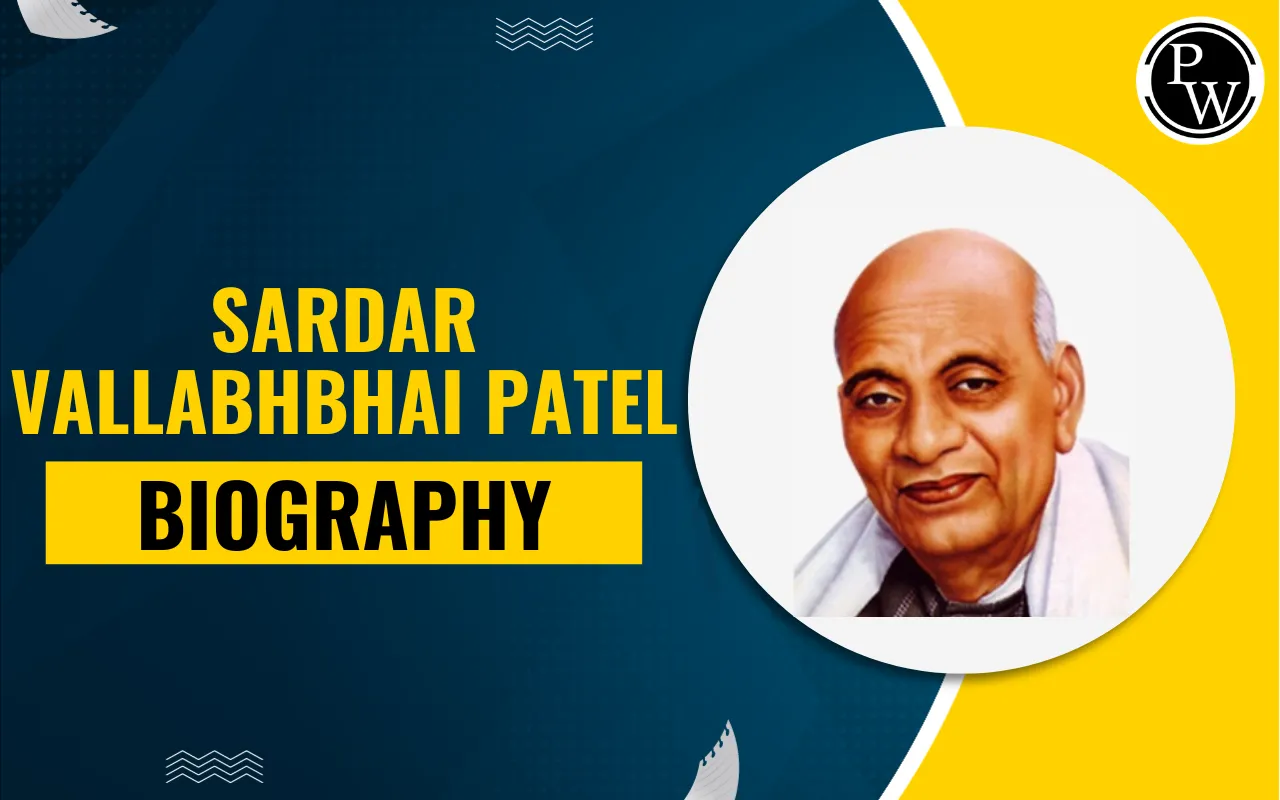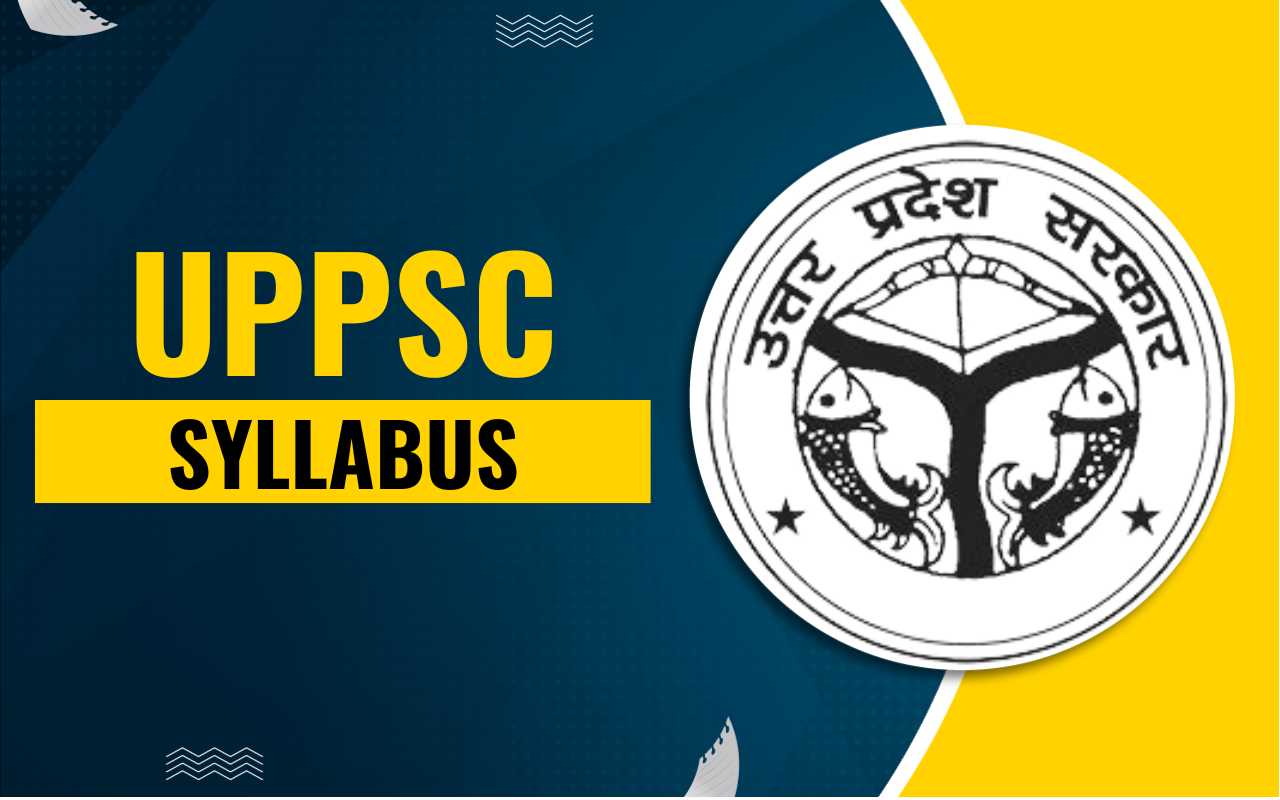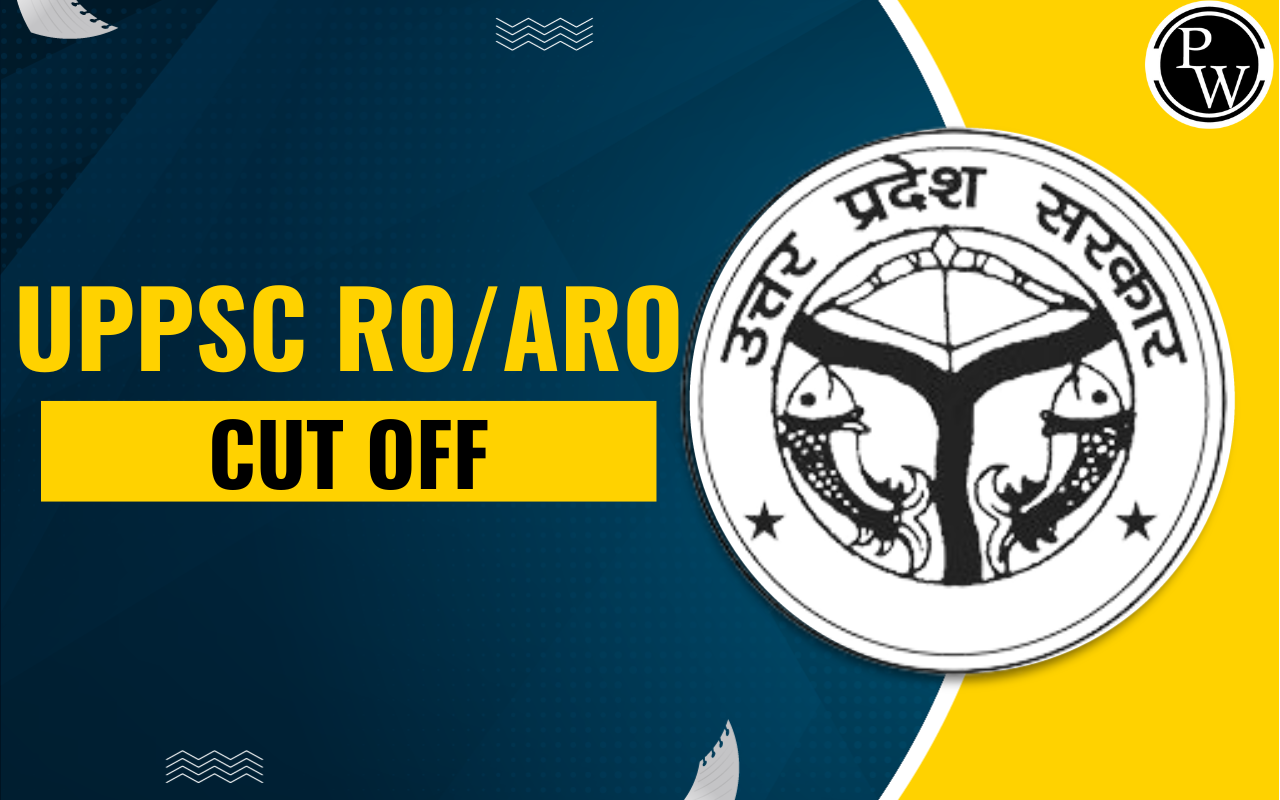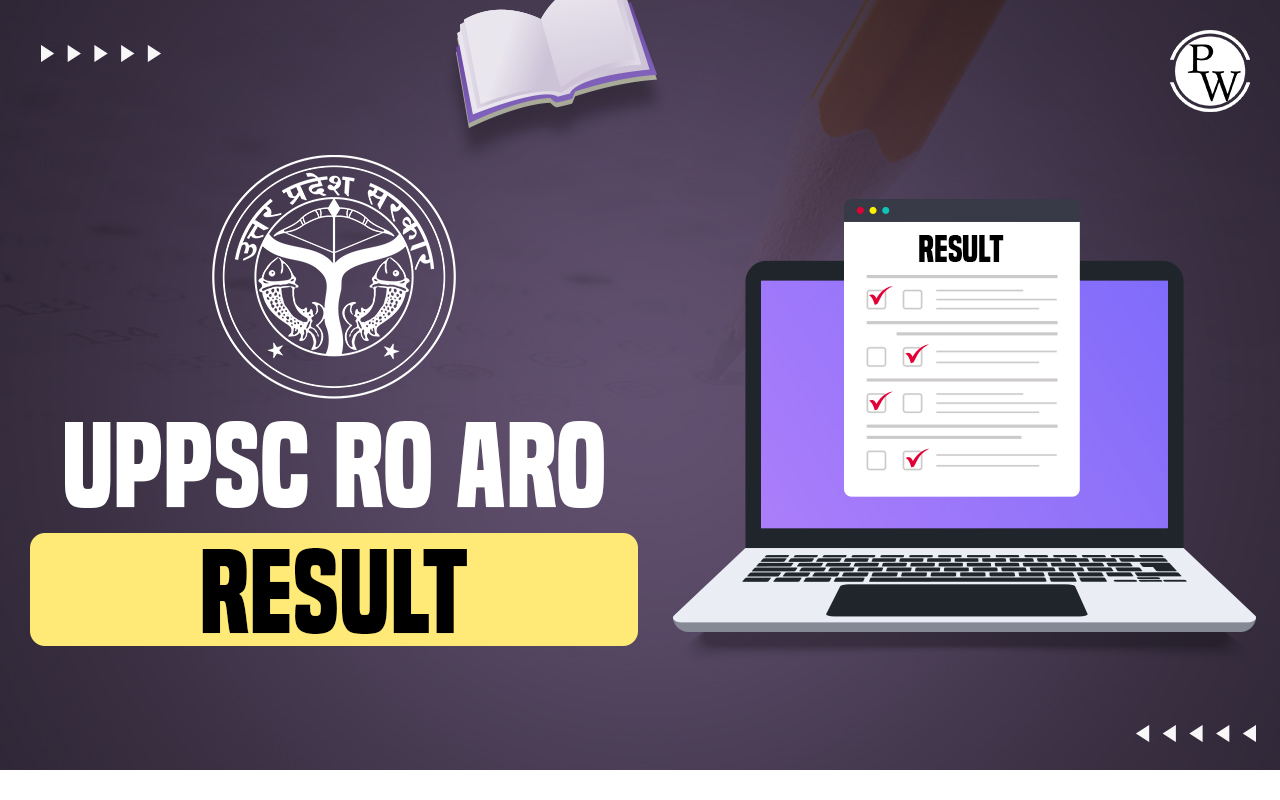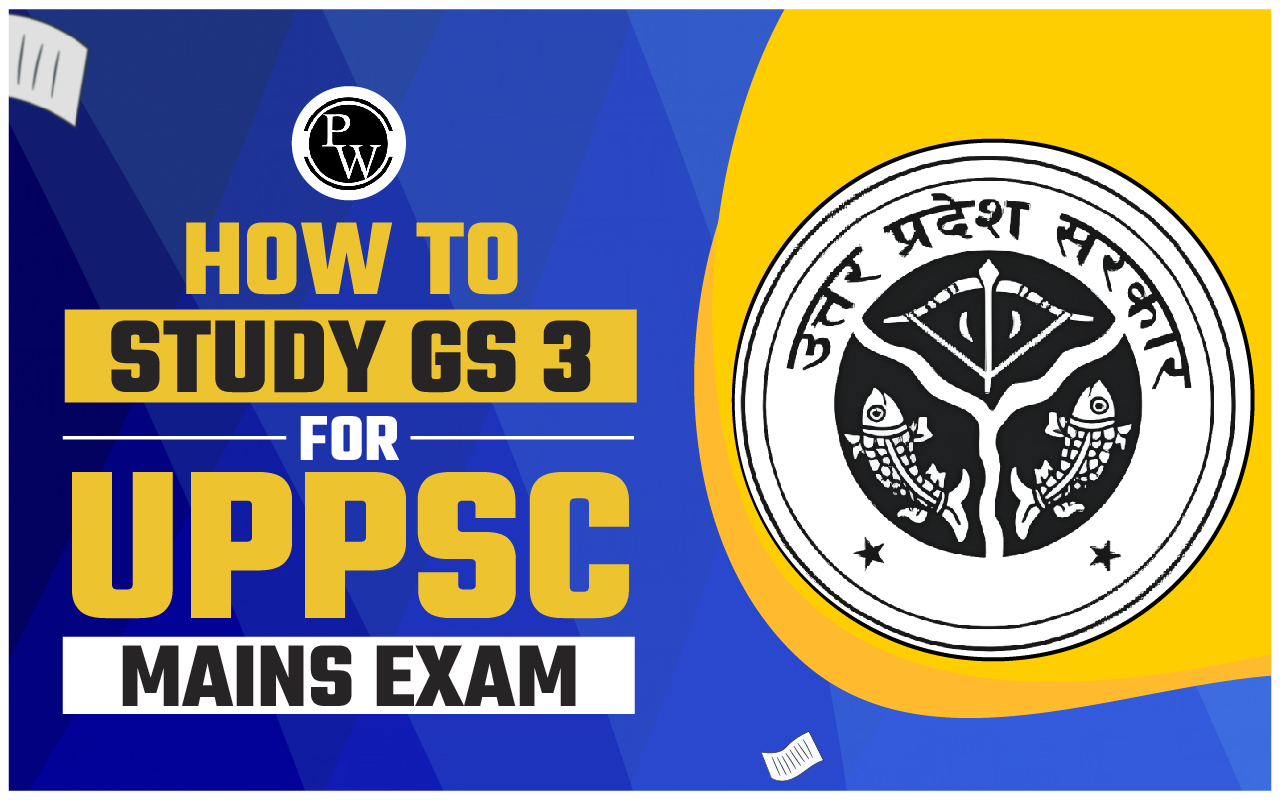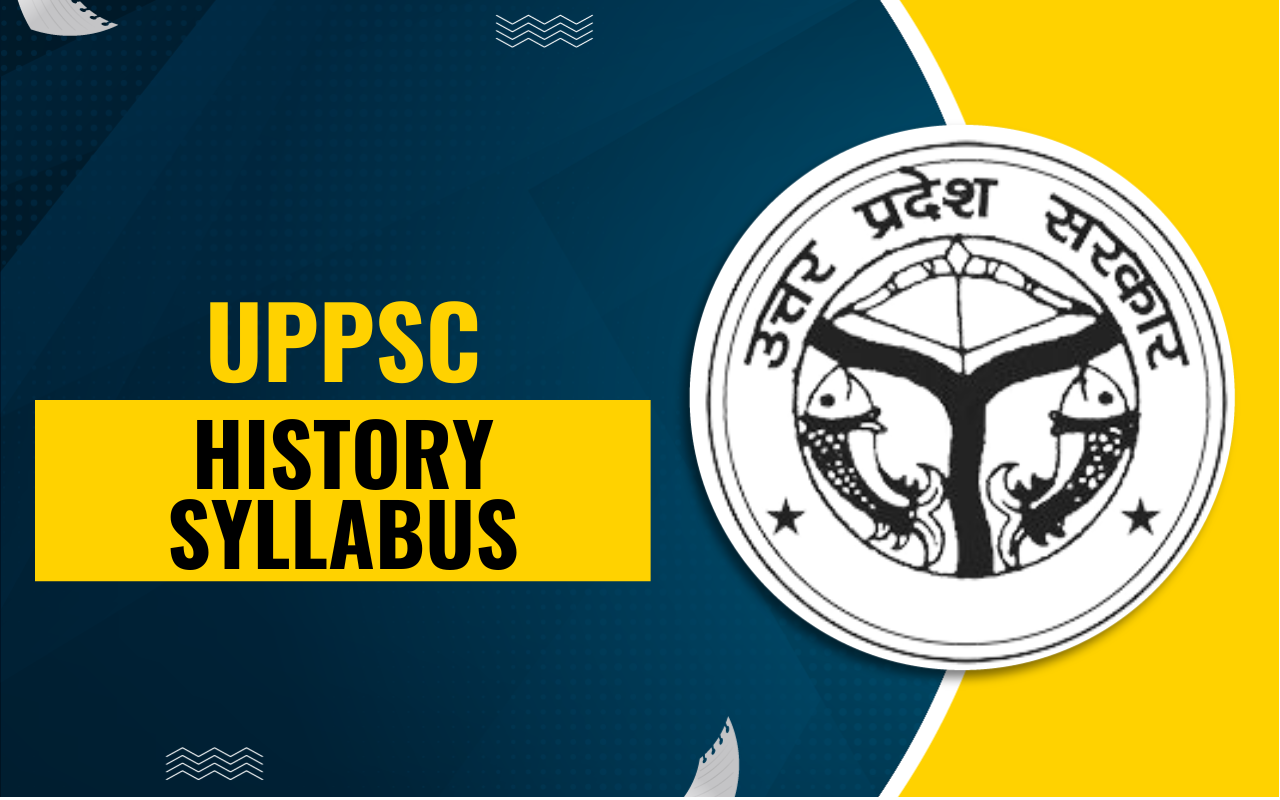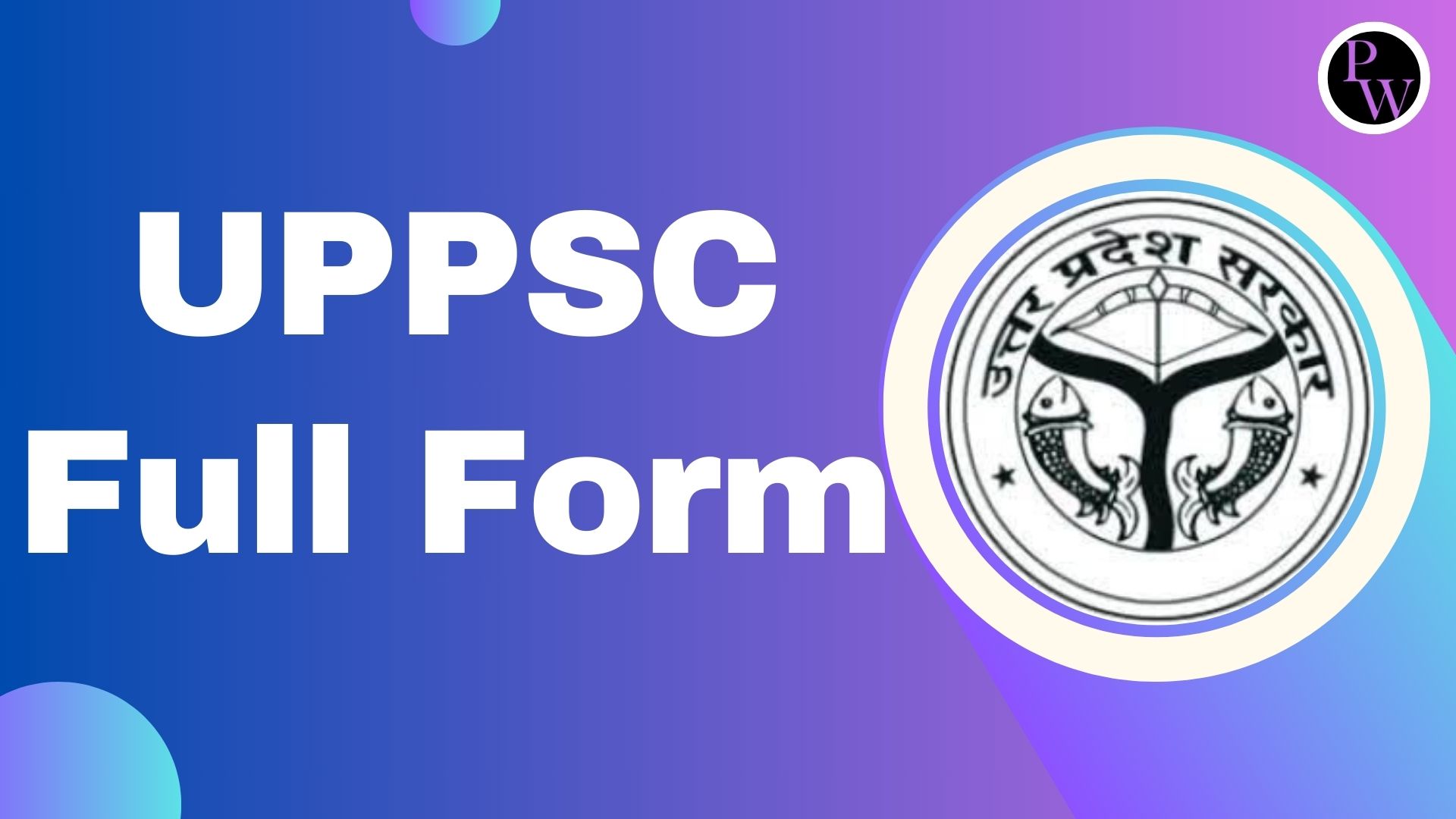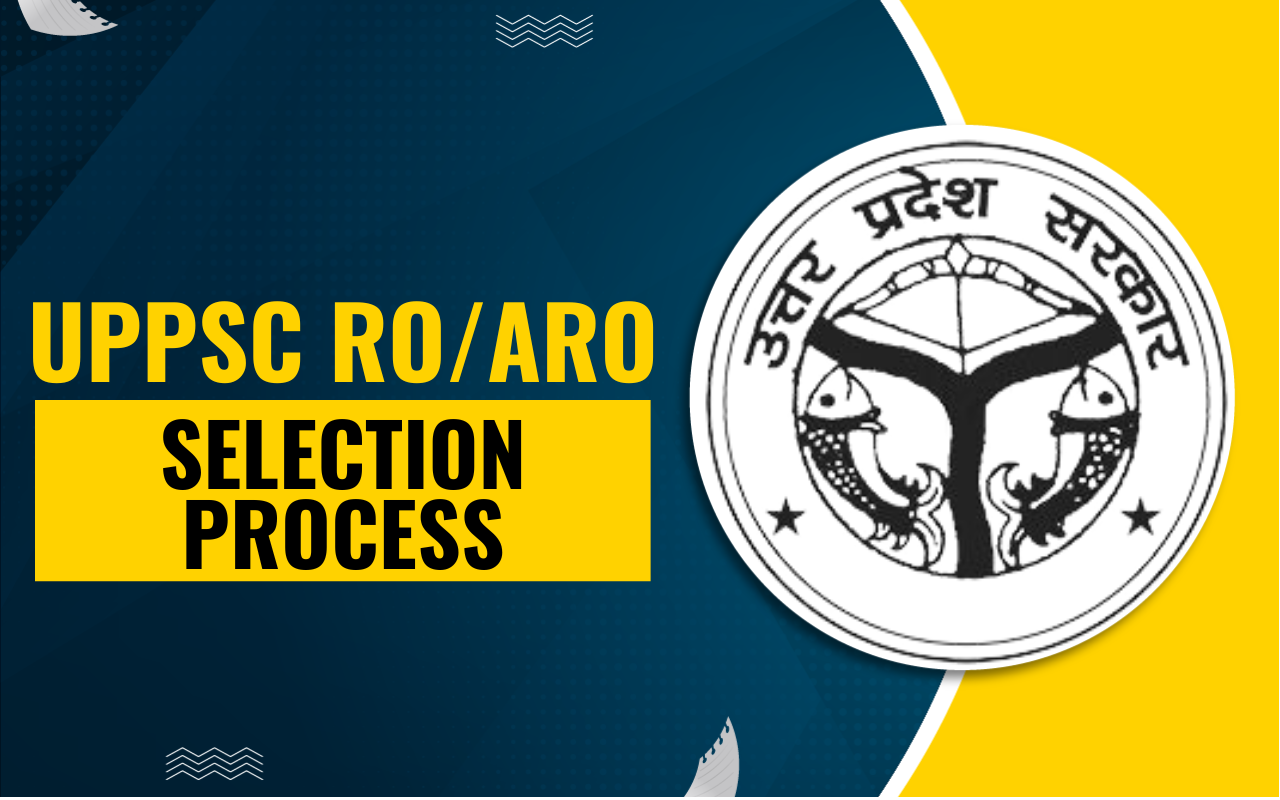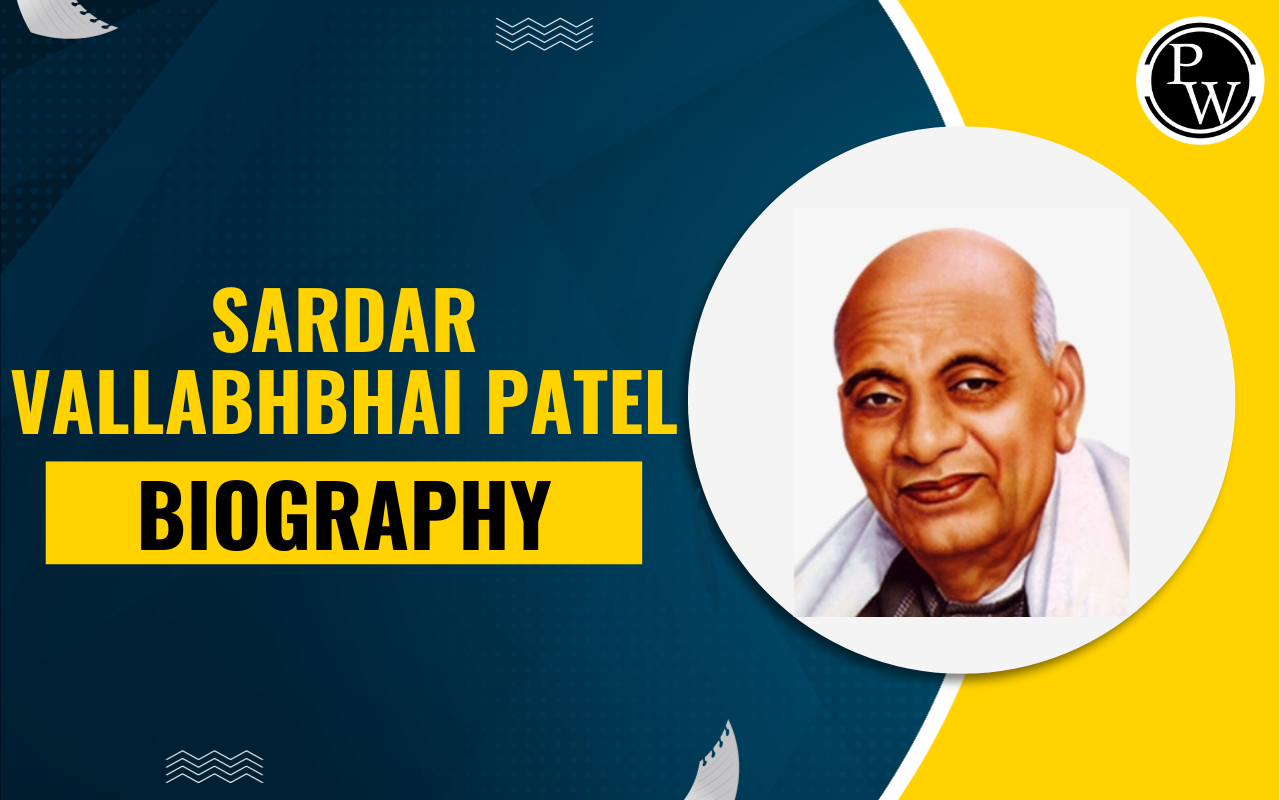
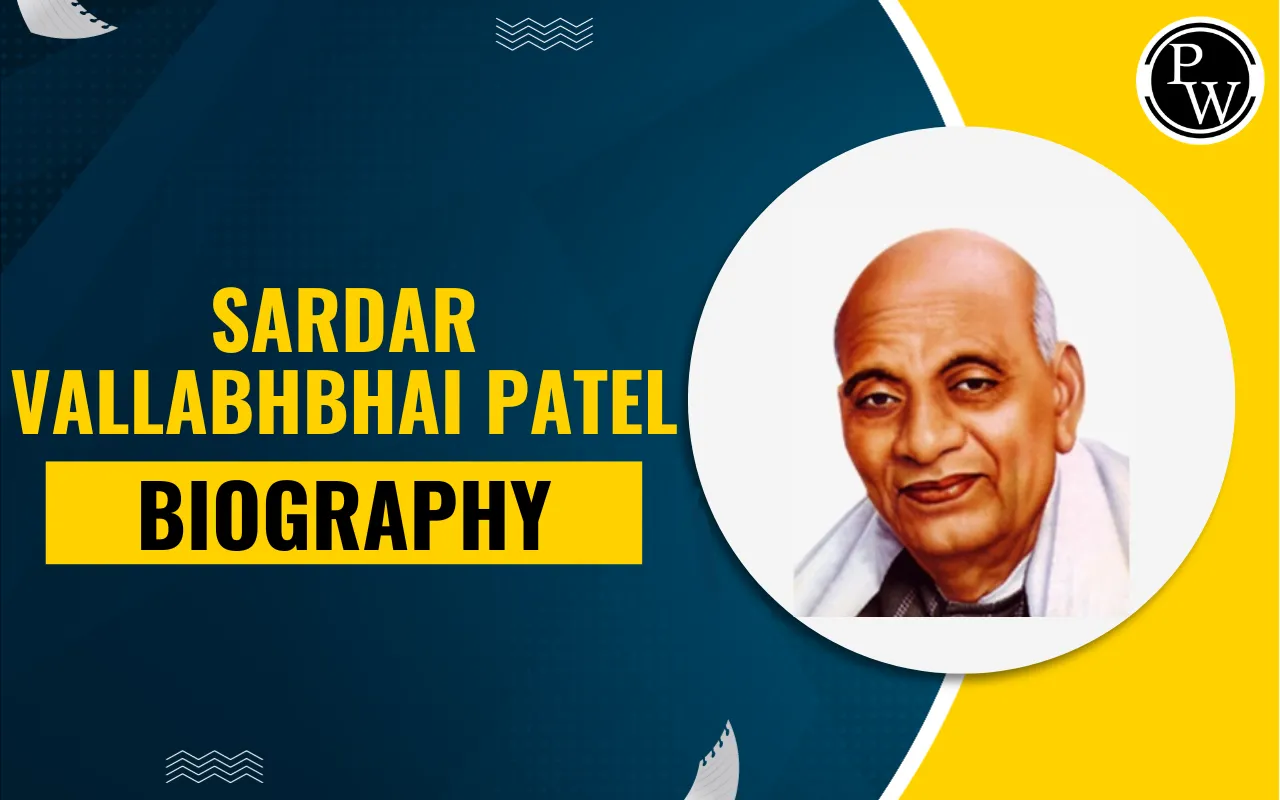
Sardar Vallabhbhai Patel (1875-1950) is known as the Iron Man of India, who played an important role in the independence and unity of India. A strong leader and a main figure in the Indian National Congress. He led the struggle against British rule and was also there in the Salt March.
After independence, he was the first Deputy Prime Minister and Home Minister of India. Patel united over 500 princely states into the Indian Union by making sure the territorial integrity of the country. His leadership and determination gave him the title of the unifier of India, and he remains an iconic figure in the history of India.
Early Life and Education of Sardar Vallabhbhai Patel
Check below to know about the early life and education of Sardar Vallabhbhai Patel:
Birth and Family Background:
-
He was born on October 31, 1875, in Nadiad (Gujarat), into a middle-class Patel family.His father (Jhaverbhai Patel) was a Simple man and farmer by profession, and his mother (Ladba) was a deeply religious woman who greatly influenced his values. His mother believes in simple living.
About his Early Childhood Life:
-
Vallabhbhai was the only son among five children.
-
He lost his mother at a young age, which led him to be closer to his father.
Initial Education Life:
-
He started his schooling at the village school, and he was a bright student. From the start, he was very interested in studies and wanted to change society.
-
Initially, he was a shy and introverted boy who was afraid of many people because he thought he was poor, and was often seen as a quiet observer.
Higher Education of Patel:
-
After completing his schooling, he moved to London to study law at the Middle Temple, one of the prestigious Inns of Court in England. There, he worked hard and wanted to become a good lawyer to change society.
-
He completed his law degree in 1910, making him one of the few to achieve such an education from his rural background. After completing his education, he thought of returning to India.
Return to India:
-
Upon returning to India in 1913, he started his law practice in Ahmedabad, where he became an amazing and very famous lawyer.
Influence of Gandhiji:
-
His journey towards leadership in the Indian independence movement began after meeting Mahatma Gandhi in 1917. When he met Gandhi ji he was impressed with his honesty and intelligence.
-
Most importantly, he was deeply influenced by the philosophy of non-violence and the truth of Mahatma Gandhi.
Check: Dr. A.P.J. Abdul Kalam Biography
Sardar Patel’s Role in India’s Freedom Movement
Sardar Vallabhbhai Patel was a main leader in the freedom struggle of India. He played an important role in organizing the Non-Cooperation Movement and the Salt March under Mahatma Gandhi’s leadership.
He led the Bardoli Satyagraha in 1928, where he successfully fought against land revenue hikes and this gave him the title "Sardar." He was also instrumental in uniting India post-independence by integrating over 500 princely states into the Indian Union, by making sure national unity and territorial integrity. His leadership was very important to the independence of India.
Iron Man of India: Why Sardar Patel Got the Title?
Sardar Vallabhbhai Patel earned the title "Iron Man of India" for his constant determination, strong leadership, and decisive role in the independence and unification of India. His quick approach during the freedom struggle, especially in the Bardoli Satyagraha, shows his resilience.
Post-independence, His leadership was instrumental in integrating over 500 princely states into the Indian Union, preventing division and ensuring national unity. His bold actions and commitment to a unified India made him a symbol of strength and determination.
Check: Lal Bahadur Shastri Biography
Unification of India: Sardar Patel’s Greatest Contribution
Check below for Sardar Patel’s greatest contribution to the unification of India: As Home Minister, Patel helped bring together over 500 princely states into India, making sure the country stayed united. His strong leadership played a key role in this process.
Role as Home Minister:
-
After the independence of India, Patel served as the first Deputy Prime Minister and Home Minister.
-
He was given the huge job of bringing together the 565 princely states into the newly independent India.
Negotiation with Princely States:
-
Patel skillfully negotiated with the rulers of various princely states, convincing them to accede to India.
-
He used a mix of talking, convincing, and being strong to make sure the princely states joined India and became part of the country.
Instrument of Accession:
-
Patel introduced the Instrument of Accession, a legal document that the princely states signed to join India, formalizing their accession.
-
Most of the princely states accepted this, although some were reluctant, including Jammu and Kashmir and Hyderabad.
Role in Junagadh and Kashmir:
-
Junagadh, with a Muslim ruler but a Hindu majority, initially chose to accede to Pakistan. His intervention led to a plebiscite, and it was incorporated into India.
-
Kashmir was a big problem, especially after the Partition. Patel agreed to send the army to bring Kashmir into India after Pakistan tried to take it. His decision helped keep Kashmir a part of India.
Use of the Police and Military:
-
In states like Hyderabad, where resistance was strong, Patel deployed the Indian Army to restore order and integrate the state into India, a move known as “Police Action.”
-
His handling of Hyderabad’s integration demonstrated his unyielding stance on national unity.
Creation of the Indian Civil Services:
-
Patel believed in a strong, unified administrative structure and played a key role in maintaining continuity by ensuring that the Indian Civil Services (ICS) remained intact post-independence.
-
This helped maintain stability and governance during the integration process.
The Role of Vallabhbhai Patel’s Firmness:
-
His no-nonsense approach and firm resolve earned him the title of "Iron Man."
-
While Mahatma Gandhi promoted non-violence and unity, His practical approach made him the unifying force that ensured India’s territorial integrity.
Legacy of National Unity:
-
His work made sure that India stayed united. Without his strong decisions, the country could have been split into many smaller parts. He helped keep India together as one big country.
-
He is often referred to as the Architect of United India for this reason.
Check: Jawaharlal Nehru Biography
Major Achievements and Legacy of Sardar Vallabhbhai Patel
Check below for a quick summary of Sardar Vallabhbhai Patel’s major achievements and legacy: He played a key role in India’s freedom movement, united over 500 princely states, and his efforts in keeping India united are remembered even today.
|
Major Achievements and Legacy of Sardar Vallabhbhai Patel |
|
|
Achievement |
Details |
|
Leader of Bardoli Satyagraha (1928) |
Successfully led the peasants of Bardoli, Gujarat, against unjust tax hikes, earning the title "Sardar" for his leadership and determination. |
|
Key Role in India's Freedom Struggle |
Played an active role in the Non-Cooperation Movement, Quit India Movement, and Salt March under Mahatma Gandhi’s leadership. |
|
Unification of India |
Instrumental in integrating 565 princely states into the Indian Union post-independence, ensuring national unity and territorial integrity. |
|
First Home Minister of India |
As India's first Home Minister, Patel ensured the smooth transition of governance and handled post-independence challenges. |
|
Handling of Junagadh and Kashmir |
Led negotiations for the integration of Junagadh and Kashmir into India, resolving critical territorial disputes. |
|
Indian Administrative Services (IAS) |
Maintained the structure of the Indian Civil Services, ensuring administrative continuity after independence. |
|
Sardar Patel's Statue of Unity |
His statue, unveiled in 2018, is the world's tallest statue (182 meters), symbolizing his immense contribution to India's unity. |
|
Legacy of National Unity |
Known as the "Iron Man of India," Patel's legacy of uniting a divided nation remains a cornerstone of India’s political and cultural identity. |
|
Support for Social Reforms |
Advocated for social reforms, including land reforms, and worked towards the upliftment of backward classes, women’s rights, and rural development. |
Statue of Unity: Honoring the Legacy of Sardar Patel
The Statue of Unity, located in Gujarat, India, is the world's tallest statue at 182 meters. It was unveiled on October 31, 2018, to honor Sardar Vallabhbhai Patel's immense contribution to India's independence and unification.
Designed by sculptor Ram V. Sutar, the statue symbolizes Patel's leadership in integrating 565 princely states into the Indian Union. It serves as a tribute to the "Iron Man of India" and stands as a symbol of national unity and strength.
Sardar Vallabhbhai Patel Biography FAQs
Who was Sardar Vallabhbhai Patel?
Why is Sardar Patel called the 'Iron Man of India'?
What is the Statue of Unity?
How did Sardar Patel contribute to the unification of India?

